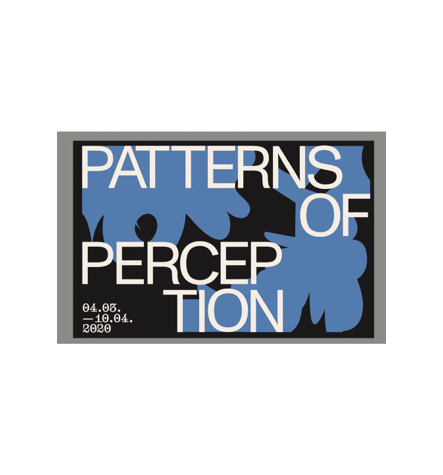About the Project
In 2019, the group was awarded a grant by the UCL Knowledge Exchange and Innovation Fund to take part in a creative collaboration with individuals with Parkinson’s Disease, Central Saint Martins, English National Ballet, UCL and artist Ruairiadh O’Connell. Together, we aimed to use the project to find better ways to dispel misconceptions and communicate real insights into the experiences of those living with Parkinson’s Disease.
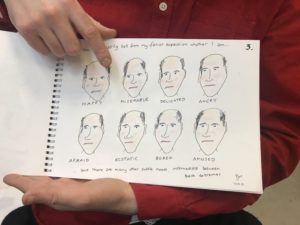
A series of workshops ranging from textiles to dance and art explored the experience of Parkinson’s Disease. During these workshops, participants created visual diaries to reflect on their daily lives. They also worked with us to generate a vocabulary of words that epitomised their lived experience of Parkinson’s, identifying common themes: strength, resilience, fear, hope and humour. They used these words to paint textiles with these themes and as focus points in dance. After the workshops, they told us that by taking part, they felt empowered to tell their story, and it allowed them to communicate that:
“It is not just a motor condition, there are many aspects to living with Parkinson’s disease”
“There is much that is visible but also much that is invisible”
“It can be tiring, frustrating, annoying but there is still plenty to enjoy. Don’t pity them; treat them as people”
This collaborative process of interweaving science, dance and visual arts culminated in four month public exhibition at Central Saint Martins (which has a normal footfall of ~5000 people per day), as well as a seven minute film documenting the initiative.
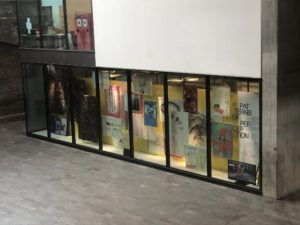
Parkinson’s disease (PD) is a common, age-related neurodegenerative condition. In the UK, two people are diagnosed with PD every hour. There is a major discrepancy between what people think Parkinson’s disease is, and the actual experience living with the condition. Furthermore, there is substantial variability in the symptoms experienced between individuals, both in presentation and progression, with many being invisible to the naked eye. Bridging this disconnect would help individuals with PD, their families and professionals who help care for the condition. As one participant said:
“Everyone experiences PD differently; I wish I knew what this meant earlier. I thought it was that we all take different roads to the same destination, but in reality, the destinations are all different too”
There are two research programs at our Centre that focus on different aspects of the variability between individuals with PD. These are led by two clinicians who routinely care for this patient group in the NHS: Dr Rimona Weil and Dr Christian Lambert.
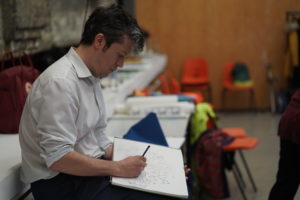
Dr Rimona Weil, Principal Investigator of the Vision in Parkinson’s Disease Team who aim to identify patients at highest risk of dementia in Parkinson’s disease and to understand the brain mechanisms that cause these cognitive changes. Dr Christian Lambert is the Principal Investigator of the Anatomical Phenomics Team who study the link between brain structure and inter-individual variability in health and disease.
Importantly, the project itself complemented both of their research programs by providing a voice for lived experience of individuals with Parkinson’s Disease. These patient-focused insights have since proved valuable both for research and also in direct clinical care.
Reflecting on the project, Dr Rimona Weil and Dr Christian Lambert said:
“This experience has shaped and influenced the way we think about our clinical and neuroscientific challenges, and we will build on these lessons to tackle specific challenges in our research programmes, such as the stigma of dementia in Parkinson’s Disease or pre-clinical diagnostics in those without symptoms.
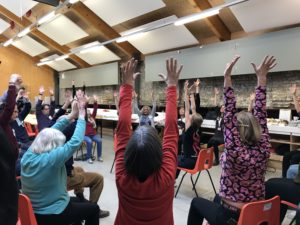
Patterns of Perception was truly a collaborative effort and a wonderful experience to be part of. The flat hierarchy allowed the group to work cohesively and seamlessly together, listening and learning from each other and the participants. The resulting outputs merely represent the start of a journey for those who took part, where we will continue to build upon the lessons learnt to help shape and improve the broader perceptions of living with neurological disease.”

